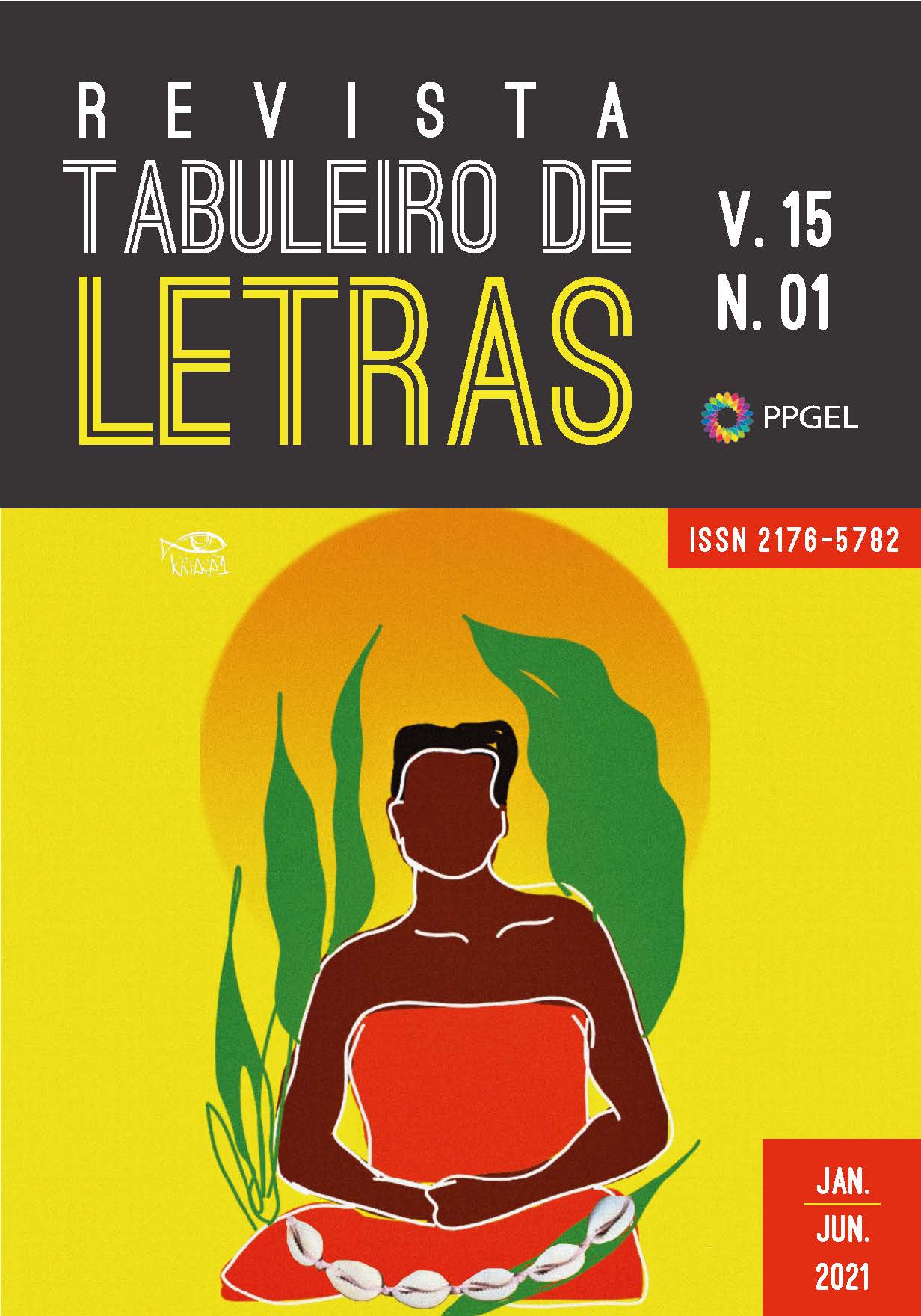A semiótica do amigo
Uma análise da composição do companheirismo de Kuririn, em Dragon Ball Z
DOI:
https://doi.org/10.35499/tl.v15i1.10657Abstract
This article aims to analyze the semiotic production of the friend in the character Kuririn from Dragon Ball Z. To achieve this goal, the Jungian concept of archetype is used, which, in turn, supports the four points of the basic needs of archetypal constitution (MARK; PEARSON 2001) on which semiotic analysis is used to understand the valence of the main traits inherent in the formation of the friend in Kuririn. In this sense, both the qualitative methodology and the considerations of Soares (2020) are used to guide the outline of this investigation. To this end, this article is organized as follows: at first, Kuririn's semiotic architecture is described and interpreted in the light of the friend's archetypal functioning with regard to the four constituent phases of the narrative (PLATÃO; FIORIN, 1993). Subsequently, based on the relationship between the four points of the basic needs of archetypal constitution, the composition of Kuririn's semiotic narrativity is investigated. Finally, some appreciative comments are made and the possible contributions of whose product may come from the path taken here are estimated.
Downloads
References
BARROS, Diana Luz Pessoa. Teoria semiótica do texto. 4 ed. São Paulo: Editora Ática, 2005.
CAMPBELL, J. O herói de mil faces. 10 ed. Trad. Adail Ubirajara Sobral. São Paulo: Cultrix/Pensamento, 2007.
CÂNDIDO, A.; et. al., A personagem de ficção. 9 ed. São Paulo: Editora Perspectiva, 1992.
CÍCERO. A amizade. Trad. Luiz Ferracine. São Paulo: Editora Escala, 2006.
DURAND, Gilbert. As estruturas antropológicas do imaginário: introdução à arquetipologia geral. Trad. de Hélder Godinho. São Paulo: Martins Fontes, 2002.
ECO, Umberto. O signo. Trad. Maria de Fátima Marinho. 2 ed. Lisboa: Editorial Presença, 1981.
GREIMAS, Algirdas Julius; COURTÉS, Joseph. Dicionário de semiótica. Trad. Alceu Dias Lima et al. São Paulo: Editora Cultrix, 1989.
GIBRAN, Khalil. O profeta. Trad. Bettina Becker. Porto Alegre: L&PM, 2012.
JUNG, Carl Gustav. Os arquétipos e o inconsciente coletivo. Trad. de Maria Luíza Appy, Dora Mariana R. Ferreira da Silva. Petrópolis, RJ: Vozes, 2000.
JUNG, Carl Gustav. A vida simbólica: escritos diversos (vol. I). Trad. Araceli Elman et. al. 7 ed. Petrópolis, RJ: Vozes, 2013.
MARK, Margaret; PEARSON, Carol S. O Herói e o Fora-da-Lei: como construir marcas extraordinárias usando o poder dos arquétipos. São Paulo: Cultrix, 2001.
PASCAL, Blaise. Pensamentos. Trad. Pietro Nasseti. São Paulo: Editora Martin Claret, 2004.
PLATÃO, Francisco Savioli. FIORIN, José Luiz. Para entender o texto: leitura e produção. 7 ed. São Paulo: Editora Ática, 1993.
PROPP, Vladimir. Morfologia do conto maravilhoso. Trad. Jasna Paravich Sarhan. 2 ed. Rio de Janeiro: Forense Universitária, 2006.
SOARES, Thiago Barbosa. Percurso linguístico: conceitos, críticas e apontamentos. Campinas, SP: Pontes Editores, 2018.
SOARES, Thiago Barbosa. A Semiótica do herói: a conflagração do caminho ascendente de Son Goku. In. Porto das Letras, Vol. 06, Nº especial. 2020. p. 113-128. Acesso em 13 de jan. 2020. Disponível em: https://sistemas.uft.edu.br/periodicos/index.php/portodasletras/article/view/9955.
SIMMEL, Georg. Questões fundamentais da sociologia: indivíduo e sociedade. Trad. Pedro Caldas. Rio de Janeiro: Jorge Zahar Ed., 2006.
TODOROV, Tzvetan. As estruturas narrativas. Trad. Leyla Perrone-Moisés. São Paulo: Perspectiva, 2006.
VOGLER, Christopher. A jornada do escritor: estruturas míticas para escritores. Trad. Ana Maria Machado. 2 ed. Rio de Janeiro: Nova Fronteira, 2006.
Downloads
Published
How to Cite
Issue
Section
License
Autor(es) conservam os direitos de autor e concedem à Revista o direito de primeira publicação, com o trabalho simultaneamente licenciado sob a Licença Creative Commons Attribution que permite a partilha do trabalho com reconhecimento da autoria e publicação inicial nesta Revista.

















